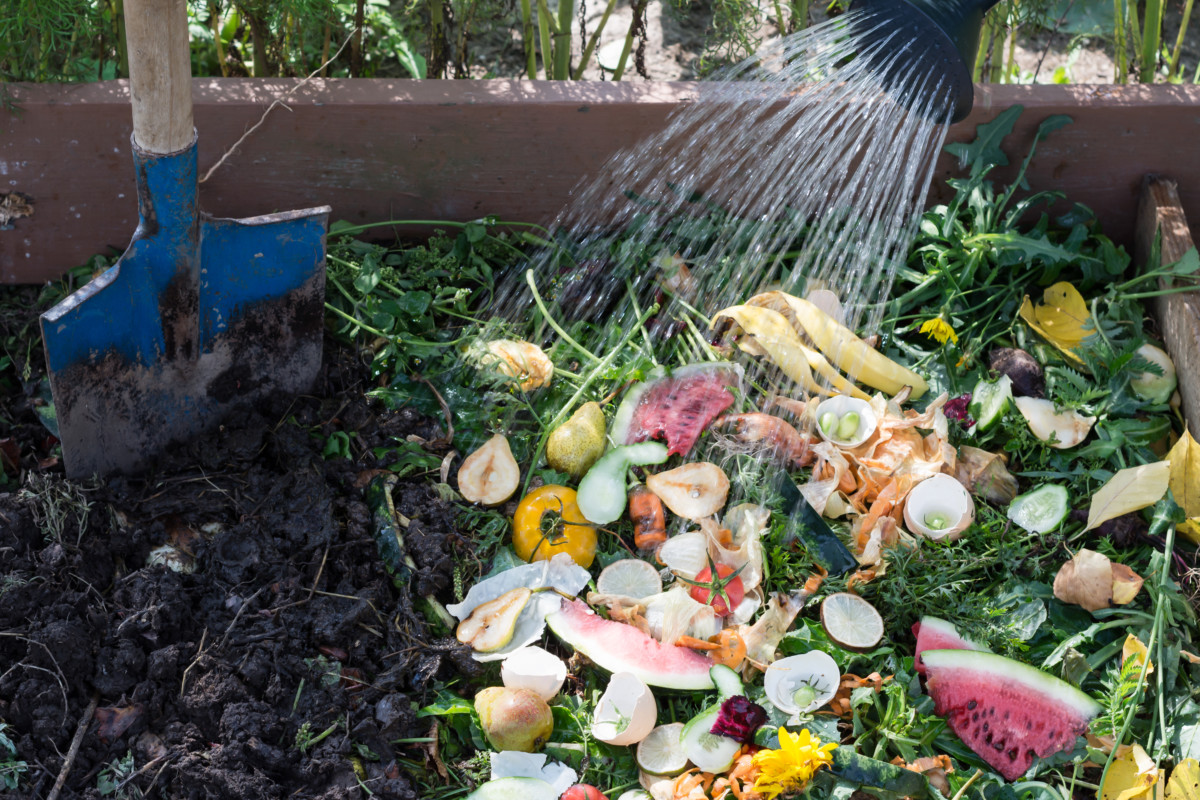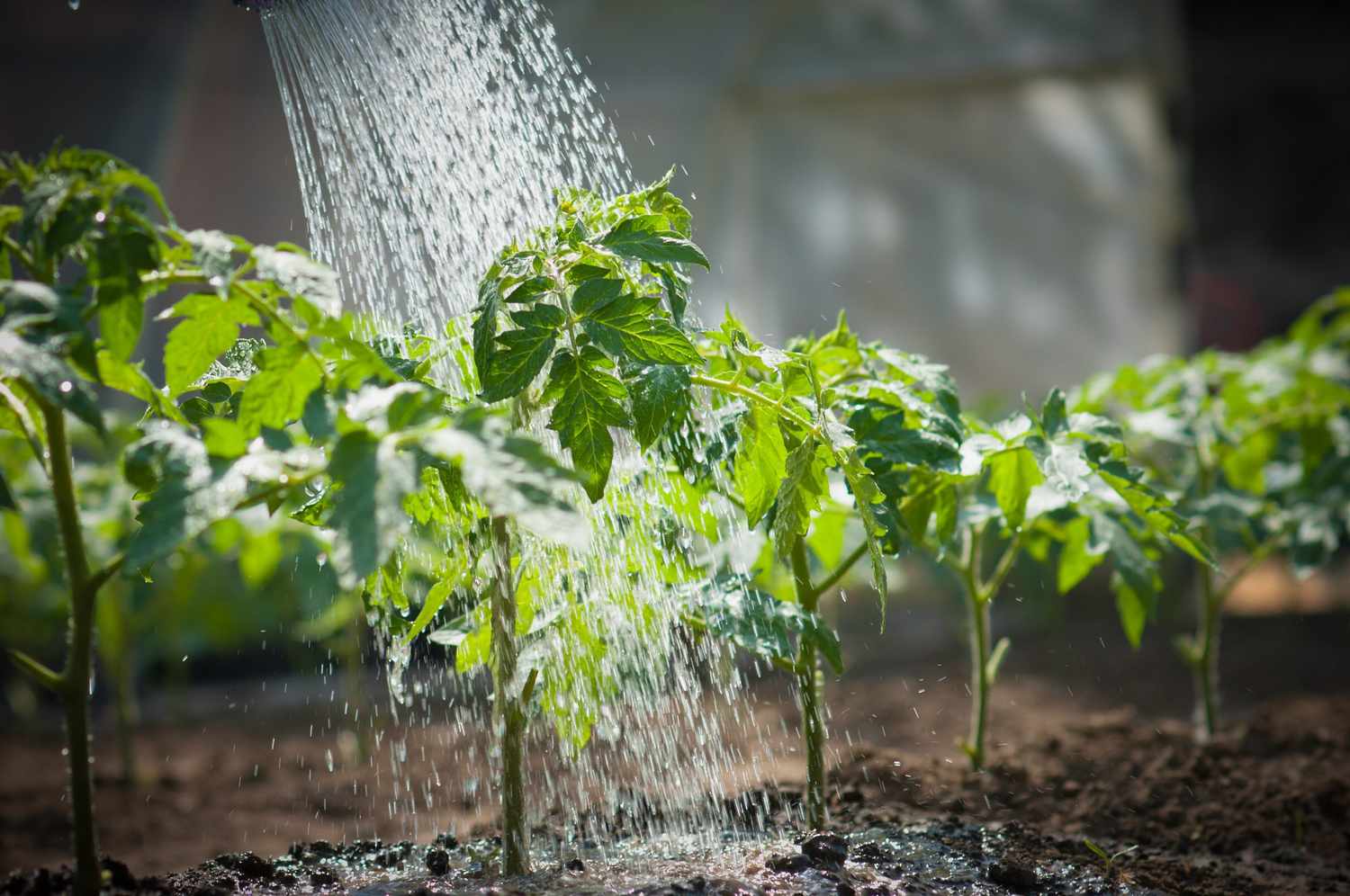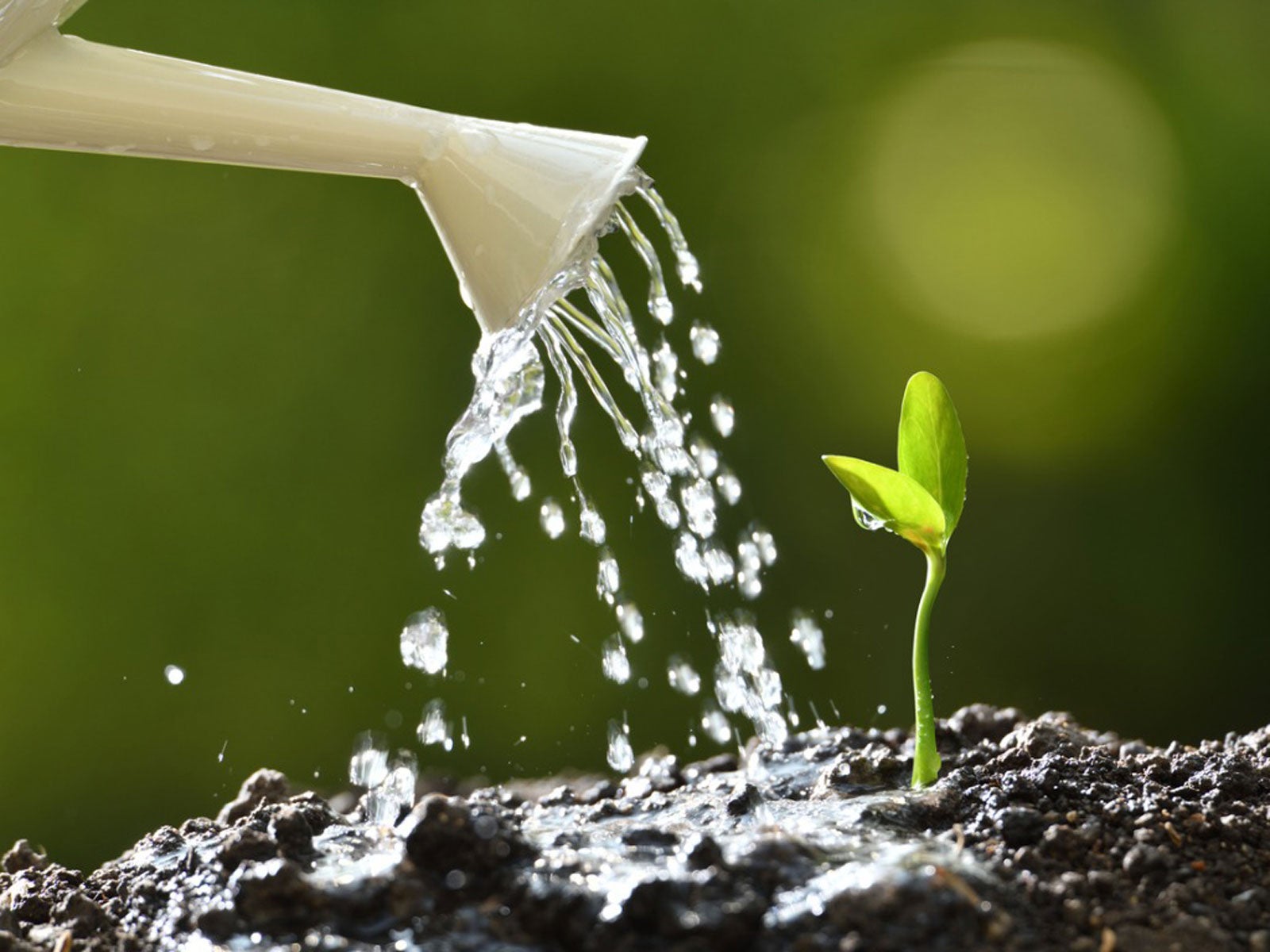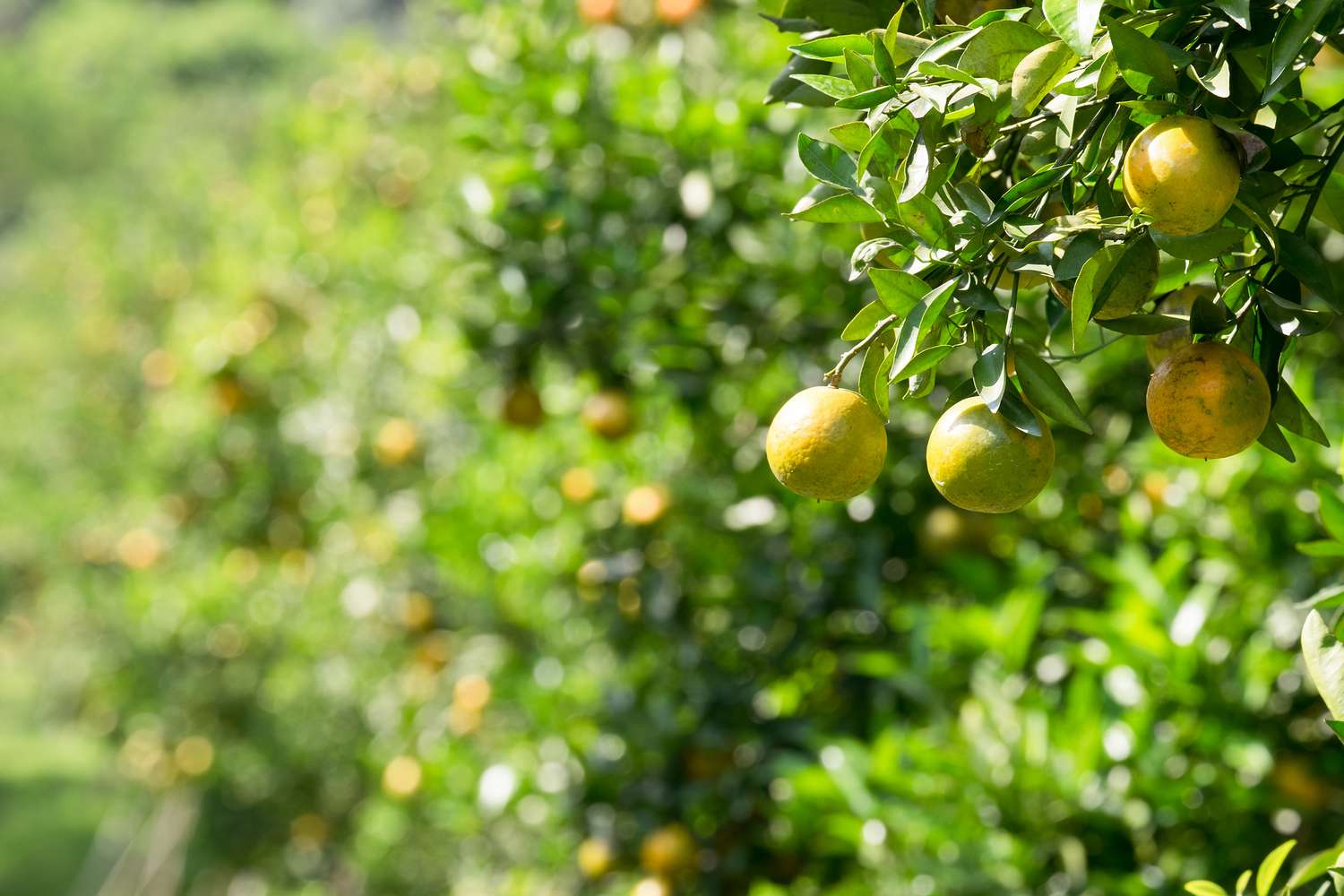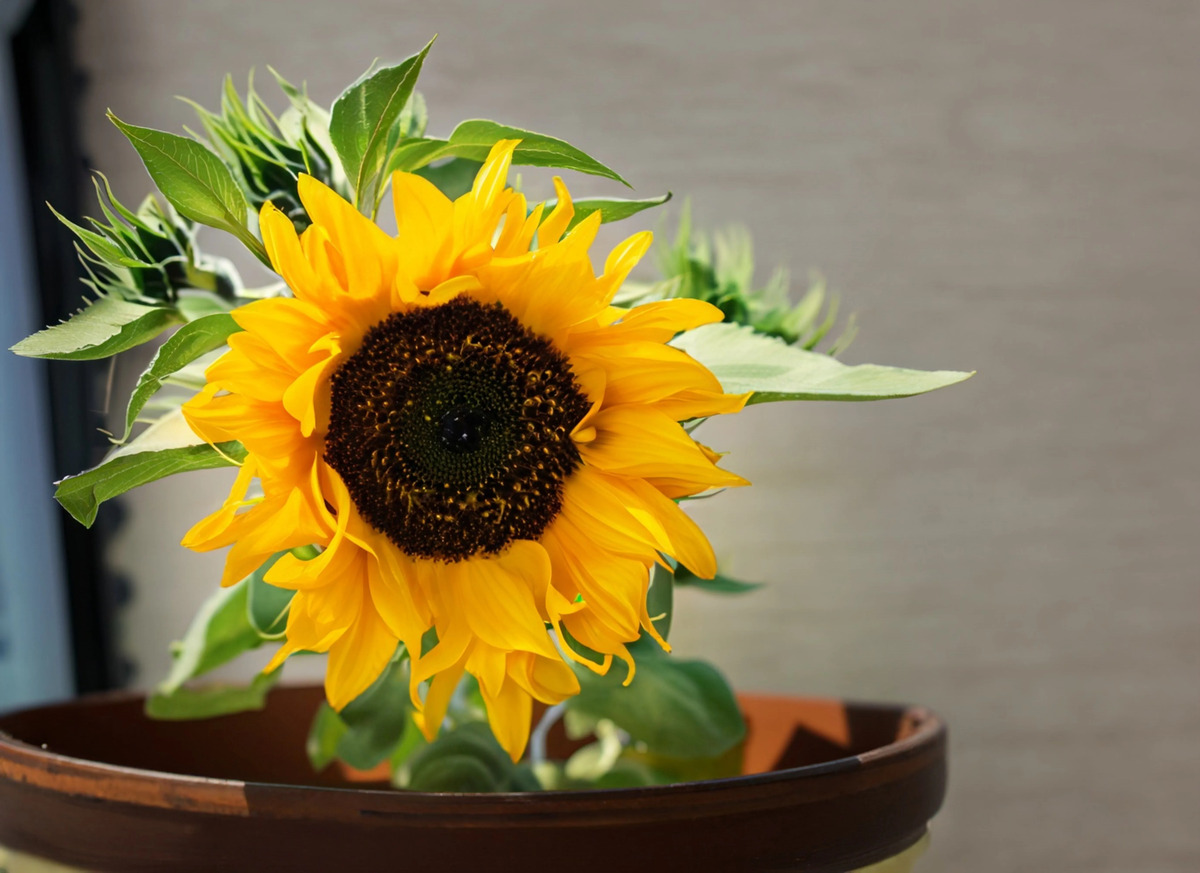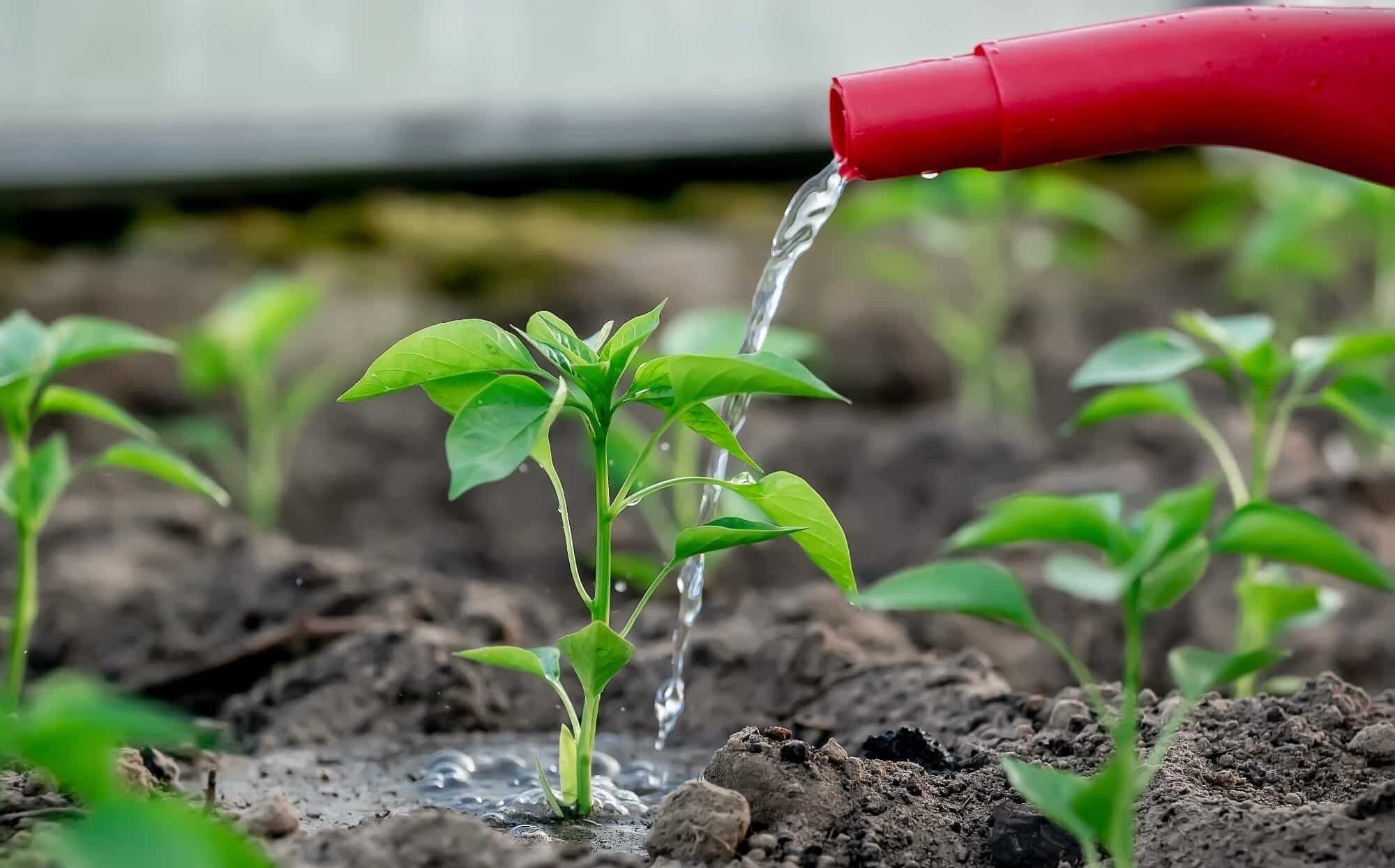Home>Gardening Techniques>Seasonal Gardening>How Often To Water Succulents In Winter
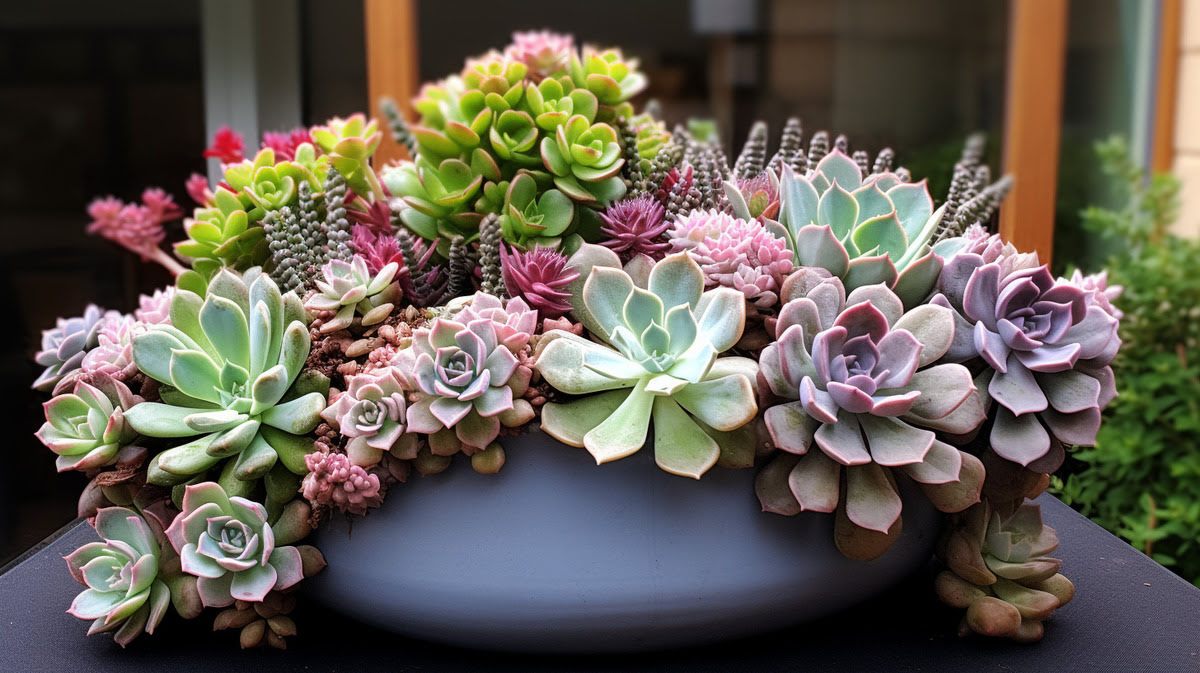

Seasonal Gardening
How Often To Water Succulents In Winter
Modified: January 22, 2024
Learn how to care for your succulents during the winter months with our seasonal gardening guide. Find out the ideal watering frequency for healthy succulents in winter.
(Many of the links in this article redirect to a specific reviewed product. Your purchase of these products through affiliate links helps to generate commission for Chicagolandgardening.com, at no extra cost. Learn more)
Table of Contents
- Introduction
- Understanding Succulents
- The Effects of Winter on Succulents
- Factors Affecting Watering Frequency
- Watering Frequency Guidelines for Winter
- Signs of Underwatering and Overwatering in Succulents
- Proper Watering Techniques for Winter
- Common Mistakes to Avoid when Watering Succulents in Winter
- Conclusion
Introduction
Welcome to the world of seasonal gardening! As winter sets in, avid gardeners shift their focus to adapting their gardening practices to accommodate the changing weather conditions. One key aspect of seasonal gardening is understanding how to care for different plants during the winter months.
In this article, we will be exploring the topic of how often to water succulents in winter. Succulents are known for their ability to store water in their leaves, stems, or roots, making them highly resilient to drought-like conditions. However, even these hardy plants require adjustments in their watering routine during the colder months.
Understanding the needs of succulents and adapting your watering schedule accordingly is crucial to ensure their health and well-being during this time. By doing so, you can help your succulents thrive and preserve their beauty and vitality.
Throughout this article, we will delve deeper into the effects of winter on succulents, explore factors that affect their watering requirements, provide watering frequency guidelines, and offer tips for proper watering techniques. By the end, you will have a comprehensive understanding of how to best care for your succulents throughout the winter season.
Understanding Succulents
Succulents are a diverse group of plants that have adapted to survive in arid and semi-arid regions around the world. Their ability to store water in their fleshy leaves, stems, or roots allows them to withstand long periods of drought. This unique characteristic makes succulents a popular choice for both indoor and outdoor gardens.
One of the standout features of succulents is their ability to tolerate neglect. They require minimal watering and can withstand extended periods without moisture. However, this does not mean they can thrive without any water at all. Understanding the specific needs of succulents is essential to provide them with the optimal growing conditions.
Succulents have developed specific strategies to survive in their harsh environments. Their thick, waxy leaves and stems act as water reservoirs, and their compact growth forms help reduce water loss through transpiration. These adaptations allow succulents to endure dry spells and thrive in poor soil conditions.
It is important to note that while succulents are drought-tolerant plants, they still require regular watering to remain healthy. Each succulent species has its own watering needs, which depend on factors such as its size, type, and location. Understanding these specific requirements will help you create the ideal growing conditions for your succulents and promote their long-term success.
Additionally, it’s important to note that succulents experience a slowdown in their growth during the winter months. This period of dormancy is a natural part of their growth cycle and is triggered by the decrease in daylight hours and cooler temperatures. As a result, their water requirements change, and it’s crucial to adapt your watering routine accordingly.
In the next section, we will explore the effects of winter on succulents and how it impacts their watering needs. Understanding these effects will allow you to make informed decisions about watering your succulents during the colder months.
The Effects of Winter on Succulents
Winter brings a range of environmental changes that can have both direct and indirect effects on succulents. Understanding these effects is crucial in order to adjust your care routine and ensure the health and survival of your succulents during the colder months.
One of the primary effects of winter on succulents is the decrease in daylight hours. As the days become shorter, succulents receive less sunlight, which affects their photosynthesis process. Photosynthesis is the process by which plants convert light energy into chemical energy to fuel their growth. With reduced exposure to sunlight, succulents experience a slowdown in their metabolic activity, leading to decreased water and nutrient requirements.
In addition to the change in light intensity, winter also brings cooler temperatures. Lower temperatures affect the rate of evaporation, leading to reduced water loss from the leaves of succulents. This, combined with their natural adaptation to storing water, contributes to their overall decrease in water requirements during winter.
Another consequence of winter is the increased risk of root rot. Succulents are prone to root rot when they are overwatered, especially in cooler temperatures when the soil takes longer to dry out. Wet soil and cooler temperatures create the perfect environment for fungal growth, which can lead to root rot and ultimately the death of the plant. It’s crucial to adjust your watering frequency and be mindful of the soil moisture levels to prevent this from happening.
Furthermore, the dry air indoors during winter can also impact succulents. Indoor heating systems can reduce humidity levels, resulting in drier air. This can cause the leaves of succulents to lose moisture more quickly and become dehydrated. To counteract this, it’s important to provide sufficient moisture to the plants through watering and additional methods such as misting or using a humidifier.
Understanding the effects of winter on succulents allows you to make informed decisions about their care. In the next section, we will explore the factors that affect the watering frequency of succulents during winter, providing you with guidelines to ensure their optimal health.
Factors Affecting Watering Frequency
Several factors influence the watering frequency of succulents during the winter months. By considering these factors, you can determine the appropriate watering routine for your specific succulent plants.
1. Succulent Type: Different types of succulents have varying water requirements. Some species, like Aloe and Haworthia, prefer drier conditions and require less frequent watering. Others, such as Echeveria and Sedum, may need more regular watering. Research the specific watering needs of your succulent species to ensure you provide the appropriate amount of water.
2. Potting Medium: The type of potting medium used plays a significant role in water drainage and retention. Succulents thrive in a well-draining medium that allows excess water to flow out easily. A mixture of potting soil, sand, and perlite is commonly used to ensure proper drainage. Adjusting the composition of the potting medium can affect watering frequency, as it determines how quickly the soil dries out.
3. Pot Size: The size of the pot also affects watering frequency. Smaller pots hold less soil and therefore dry out more quickly than larger pots. Consider the size of your succulent’s pot when determining how often to water it. Also, ensure that the pot has drainage holes to allow excess water to escape and prevent waterlogged soil.
4. Environmental Conditions: The environment in which your succulents are located plays a crucial role in determining watering frequency. Factors such as temperature, humidity levels, and sunlight exposure can impact how quickly the soil dries out. Dry air and low humidity levels may require more frequent watering, while cooler temperatures and reduced sunlight may decrease the watering frequency.
5. Plant Size and Health: The size and overall health of your succulent also influence its water needs. Mature plants with larger root systems generally require less frequent watering compared to smaller or newly planted succulents. Additionally, healthy succulents typically need less water as they are better equipped to store and utilize moisture.
By taking these factors into consideration, you can adjust your watering routine to meet the specific needs of your succulents during the winter season. In the next section, we will provide guidelines for the watering frequency of succulents in winter to help you best care for your plants.
Watering Frequency Guidelines for Winter
During the winter months, succulents undergo a period of dormancy where their growth slows down. This dormancy affects their water requirements, and it’s crucial to adjust your watering routine accordingly. Follow these watering frequency guidelines to ensure the health and vitality of your succulents during winter:
1. Monitor the Soil Moisture: Check the moisture level of the soil before watering. Stick your finger about an inch into the soil and see if it feels dry. If the soil feels moist, hold off on watering. If it feels dry, it’s time to water your succulents.
2. Water Less Frequently: Succulents require less water during winter due to reduced sunlight and cooler temperatures. As a general rule, aim to water your succulents about once every 2-3 weeks. However, adjust the frequency based on the specific factors mentioned earlier, such as the type of succulent, potting medium, and environmental conditions.
3. Water Deeply: When watering your succulents, be sure to provide a thorough and deep watering. This allows the water to reach the roots and encourages healthy growth. Avoid giving small amounts of water frequently, as this can lead to shallow root development and make the plants more susceptible to drought stress.
4. Allow for Proper Drainage: Succulents do not like to sit in waterlogged soil. Ensure that your pots have drainage holes at the bottom to allow excess water to escape. After watering, make sure to discard any excess water that collects in the saucer or tray. This prevents the roots from sitting in stagnant water, which can lead to root rot.
5. Observe the Plants: Keep an eye on your succulents and observe their foliage. If the leaves appear plump and firm, it indicates that they are well-hydrated. If the leaves start to look shriveled or appear dull in color, it may be a sign that your succulents need water. Adjust the watering frequency and amount accordingly based on the visual cues from your plants.
Remember, these guidelines are meant to serve as a starting point. Each succulent plant is unique, and it’s important to observe and adapt your watering routine to meet their specific needs. By providing the appropriate amount of water and ensuring proper drainage, your succulents will stay healthy and thrive throughout the winter season.
Signs of Underwatering and Overwatering in Succulents
Proper watering is essential for the well-being of succulents. Understanding the signs of both underwatering and overwatering can help you adjust your watering routine and prevent potential damage to your plants. Here are some common signs to look out for:
1. Underwatering:
– Shriveling Leaves: When succulents are underwatered, their leaves will start to appear shriveled and deflated. They may lose their plumpness and feel dry to the touch. In extreme cases, the leaves may even become crispy or develop wrinkles.
– Discoloration: Underwatered succulents may show signs of discoloration. The leaves may turn yellow or brown and appear unhealthy. In some cases, the tips of the leaves may become dry and begin to die off.
– Slow Growth: Succulents that are underwatered may exhibit slow or stunted growth. This is because they lack the necessary water and nutrients to support healthy growth and development.
2. Overwatering:
– Yellowing or Droopy Leaves: Overwatered succulents often develop yellowing or drooping leaves. This is caused by the excess moisture, which leads to root rot and prevents the roots from providing proper support and nutrient uptake.
– Soft and Mushy Leaves: When succulents are overwatered, the leaves may become soft and mushy to the touch. This is a clear indication of root rot and an unhealthy plant.
– Fungus or Mold Growth: Excess moisture in the soil creates a favorable environment for fungus and mold growth. If you notice a white, fuzzy, or slimy substance on the leaves or soil surface, it’s a sign of overwatering and poor drainage.
– No New Growth: Overwatered succulents may have stunted or no new growth. The excess moisture prevents proper root development, leading to weak and unhealthy plants.
It’s important to note that these signs may vary depending on the succulent species and individual plant characteristics. Regularly check your succulents and monitor the soil moisture levels to prevent both underwatering and overwatering. Remember, it’s easier to revive an underwatered succulent than to save one suffering from root rot caused by overwatering.
In the next section, we will discuss proper watering techniques for succulents in winter to help you maintain the health and beauty of your plants.
Proper Watering Techniques for Winter
Proper watering techniques are crucial for the health and survival of succulents, especially during the winter months when their water requirements change. Follow these tips to ensure you are watering your succulents correctly:
1. Water at the Right Time: It’s best to water your succulents in the morning when the temperatures are slightly warmer. This allows any excess moisture on the leaves to dry before evening, reducing the risk of fungal growth and diseases.
2. Avoid Watering the Leaves: When watering succulents, it’s important to focus on the soil rather than the leaves. Directing water onto the leaves can increase the risk of fungal infections and sun damage. Instead, aim to water the soil around the base of the plant.
3. Water the Soil Thoroughly: When you water your succulents, give them a deep, thorough watering. This ensures that the water reaches the root zone and encourages strong root development.
4. Use the Soak and Dry Method: Allow the soil to dry out completely between waterings. Succulents prefer a “soak and dry” watering technique where the soil is saturated with water, and then allowed to dry out before watering again. This mimics their natural habitat and prevents overwatering.
5. Adjust Watering Frequency: During winter, succulents require less frequent watering due to reduced sunlight and cooler temperatures. Adjust your watering schedule accordingly, aiming for approximately once every 2-3 weeks or when the soil feels dry to the touch.
6. Adjust Watering Amount: While watering less frequently, it’s important to provide a sufficient amount of water when you do water your succulents. Ensure that the water penetrates deeply into the soil to encourage healthy root growth.
7. Optimize Drainage: Succulents are very susceptible to root rot. To prevent this, ensure that your pots have adequate drainage holes, allowing excess water to flow out. Use a well-draining potting mix and avoid using saucers or trays that trap water.
8. Be Mindful of Indoor Conditions: Indoor succulents are exposed to drier air during winter due to indoor heating. Monitor the humidity levels and consider using a humidifier or misting the leaves to provide sufficient moisture.
By following these proper watering techniques, you can maintain healthy succulents throughout the winter season. Remember to observe your plants closely and make adjustments as needed based on their individual needs and environmental conditions.
Common Mistakes to Avoid when Watering Succulents in Winter
Proper watering is essential for the health of your succulents, especially during the winter months when their water requirements change. To prevent potential damage to your plants, be aware of these common mistakes and avoid them:
1. Overwatering: This is the most common mistake when it comes to succulent care. Overwatering can lead to root rot and other fungal diseases. Remember that succulents prefer dry soil, so it’s important to allow the soil to dry out between waterings.
2. Using the Wrong Potting Mix: Using a potting mix that retains too much moisture can lead to overwatering. It’s crucial to use a well-draining potting mix specifically formulated for succulents. A mix that consists of a combination of potting soil, sand, and perlite works well to ensure proper drainage.
3. Watering Based on a Set Schedule: Every succulent has different water requirements, so watering based on a fixed schedule may not be ideal. Instead, rely on visual cues and regularly check the soil moisture before deciding whether to water or not. This will ensure that you are providing water as per your succulents’ needs.
4. Watering the Leaves: Succulents are prone to rot when water sits on their leaves. Avoid watering the leaves directly and focus on watering the soil around the base of the plant. This will prevent moisture from accumulating on the leaves and minimize the risk of fungal or bacterial infections.
5. Neglecting Proper Drainage: Adequate drainage is crucial for succulents. If your pots don’t have drainage holes or if they sit in water for too long, the roots can become waterlogged, leading to root rot. Always choose pots with drainage holes and ensure that excess water can freely flow out of the pot.
6. Watering during Cold Snap: Be cautious of watering your succulents during a sudden cold snap or freeze. When watered, the soil may retain moisture, which can freeze and cause damage to the plant’s roots. It’s best to avoid watering during extreme cold weather and wait until the temperatures stabilize.
7. Not Adjusting for Indoor Conditions: If you have indoor succulents during winter, be mindful of the dry air caused by indoor heating. Succulents may require more moisture to compensate for the lack of humidity. Consider using a humidifier or misting the leaves to provide additional moisture.
Avoiding these common mistakes will help ensure that your succulents thrive during the winter season. By understanding their specific water requirements and being attentive to their needs, you can maintain healthy and vibrant succulents throughout the colder months.
Conclusion
Caring for succulents during the winter months requires a thoughtful approach and an understanding of their specific needs. By adjusting your watering routine, you can support the health and vitality of your succulents, ensuring they thrive throughout the colder season.
Understanding the effects of winter on succulents is essential. Reduced daylight hours and cooler temperatures influence their growth and water requirements. By adapting your watering frequency and amount, you can prevent the risk of overwatering and promote healthy root development.
Factors such as succulent type, potting medium, pot size, and environmental conditions all play a role in determining the watering frequency. By considering these factors and observing the visual cues from your plants, you can ensure that you are providing the right amount of water to meet their individual needs.
Avoid common mistakes such as overwatering, using improper potting mix, neglecting drainage, and watering the leaves. By following proper watering techniques, including watering at the right time, deep watering, and allowing for proper drainage, you can prevent moisture-related issues and maintain the health of your succulents.
Remember to monitor your succulents closely, especially during winter, to make adjustments as needed. By caring for your succulents in a mindful and informed manner, you can enjoy their beauty and resilience all year round.
